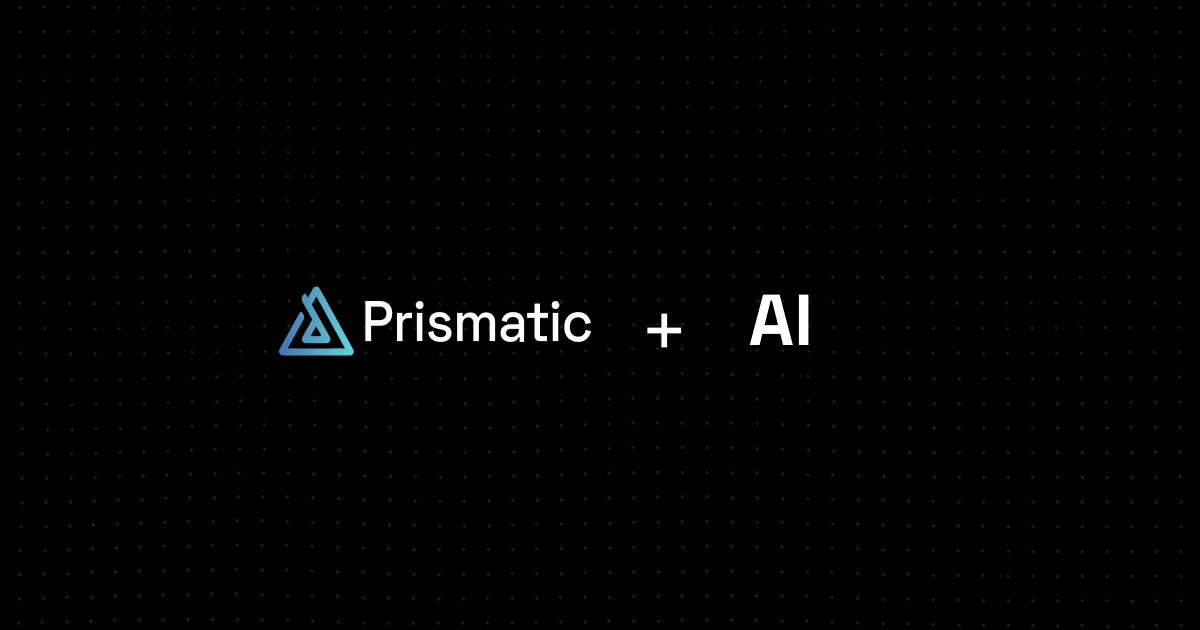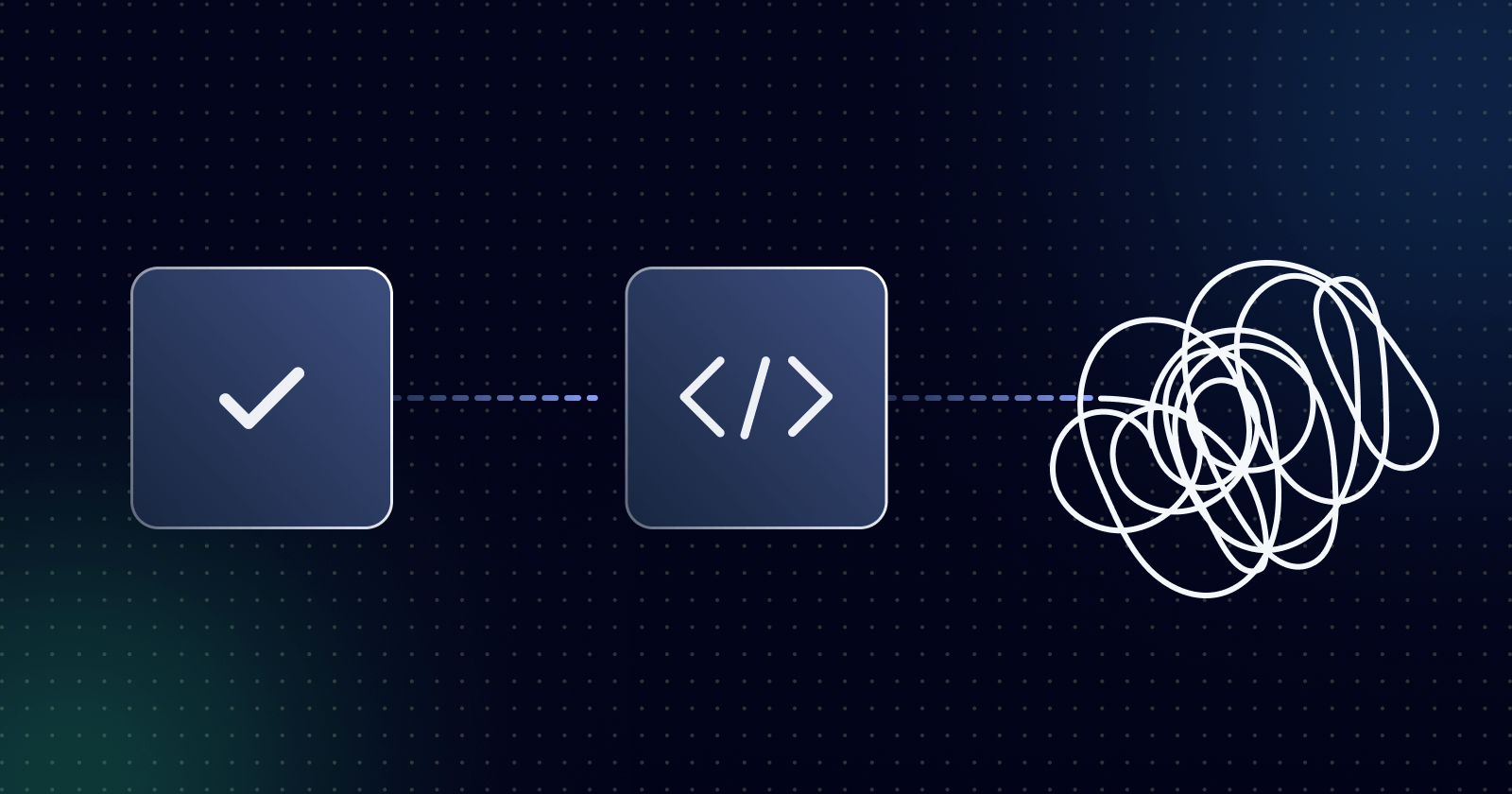A great product is no longer enough in a crowded SaaS landscape. Integrations can be one of the most visible ways to stand out, win new customers, and strengthen retention.
An integration marketplace is a great way to do this for your customers and prospects. However, many SaaS companies either avoid building marketplaces due to perceived cost and complexity or build MVPs that never catch fire (for obvious reasons).
- Have integrations or plan to have integrations
- Want to showcase your integration capabilities
- Need integrations to meet your customers' expectations
As an executive, you may have previously evaluated an integration marketplace, but became bogged down by the resources it would take to build, the overhead costs of maintaining it, security and compliance concerns, scalability issues, customer UX, alignment with the product roadmap, and a host of other things.
At the same time, the market keeps moving ahead, customers expect to have integrations baked into their SaaS apps, and new competitors are popping up monthly.
So, what do you do? Your concerns about taking on a project to build and maintain an integration marketplace are valid, but falling behind in the fast-paced world of SaaS can be a death sentence for your product.
With Prismatic, you can address all your concerns about a marketplace's cost, value, and long-term impact on your product while launching an integration marketplace that helps your product stand out.
Here is how you do it.
Define the marketplace UX that your customers need
Building the UX that will make good things happen is difficult if you don't know how your customers will best access and use your integrations.
Align the marketplace with your core product
Your integration marketplace should not look and feel like a bolted-on afterthought, or it can easily be ignored. Instead, your marketplace should be a visual and functional extension of your product.
Consider how customers currently navigate your product to accomplish tasks. From menu placement and function to the order of operations, your marketplace should be a thoughtful extension of your product, allowing your customers to easily locate and select integrations based on existing product knowledge.
If your team were to create a first-class, customer-centric integration marketplace in-house, the lift could be as great as it was to code the first version of your core app. That's why we've provided the integration marketplace (and everything else necessary to build, deploy, and manage integrations) in our embedded iPaaS, so your team doesn't need to reinvent the integration marketplace wheel.
With the platform's white-labeled integration marketplace, your team can keep things simple with an iframe and minimal customization, or create a fully-custom marketplace UI indistinguishable from your product.
The result is an integration marketplace that reinforces your brand identity while delivering a first-class UX for your customers. And your integration team can focus on building the integrations that enhance your product's value instead of the backend marketplace architecture.
Establish a flexible integration configuration strategy
Not all customers have the same technical sophistication or capability. Generally speaking, each of your customers is going to fall into one or more of the following config/deploy categories:
- Self-service – This approach provides advanced integration configuration options for power users and technical teams, giving your customers complete control over field mapping, data transformation rules, run frequencies, and more.
- Setup wizard – This is best for business users who need less technical complexity, but still need options.
- Fully managed – This is often used for enterprise customers, especially mission-critical integrations.
Prismatic supports each approach (and everything in between), allowing your team to select the optimal configuration and deployment path for each integration they build. It acknowledges that customers' needs and abilities vary widely.
Support multiple integration types
Prismatic enables your team and customers to create, deploy, and manage the following integration types while hosting them in the marketplace. Different customers have different needs and expectations, and you need the flexibility to meet those expectations.
You can set up filters so that customers may only view, activate, and otherwise interact with the integrations that apply to them. One customer could well have integrations from each of the following types, and that's fine. Your marketplace ensures that your customers have a consistent, first-class integration UX regardless of the integration type.
- Productized – Integrations for everyday use cases such as connecting your product to Slack for notifications or syncing your apps' contacts with Salesforce or HubSpot. These are the "build-once, deploy-many" integrations that are often the backbone of your integration strategy.
- Bespoke – custom integrations your team builds to address unique customer requirements that can't be solved with productized integrations. While more resource-intensive than productized integrations (because each is narrowly tailored to a specific customer), judicious development of bespoke integrations can drive customer retention and expansion.
- Customer-created – the ultimate in flexibility, these workflows are created by customers with our embedded workflow builder. They can create everything they need to connect their custom, one-off systems to your product.
One of the biggest things for us that we're able to do now before that we weren't able to do is actually the marketplace. It's this ability to templatize automations and deploy them to new or existing customers on a easy and scalable basis, where in historical sense, we would've had to redevelop that automation, redeploy it, and maintain it on multiple different instances.

Create a comprehensive go-to-market strategy for your marketplace
While Prismatic is an integration platform (and not a marketing platform), its customer-focused capabilities ensure that your marketing efforts are fully supported by reality.
Prismatic also provides your internal teams with detailed dashboards to monitor the health, status, and activity of all your integrations, providing you with the metrics to know everything from who is using your integrations to which integrations require the most hand-holding.
Actively promote the marketplace and integrations
Many companies build integration marketplaces and expect organic discovery to drive adoption. This doesn't work. Your marketplace needs dedicated go-to-market activities equal to a major product release. And, while the exact motions will vary from company to company, here are a few things to get started:
- Run targeted marketing campaigns that position your integrations as business solutions. Instead of announcing "ABC integration," highlight specific business results: "enables periodic contacts sync with Salesforce."
- Pitch your integrations to prospects who use the systems your customers integrate with today, highlighting how your integrations solve connectivity and data collection challenges associated with those systems.
- Publish case studies to demonstrate real customer outcomes for integrations (this helps to underscore the integration as a product, not an add-on). Show prospects how similar companies are leveraging integrations to meet real-world business requirements.
Again, everything should be directed toward marketing your integrations as the value-added products they are, rather than treating them as something you hope no one asks about.
Enable internal teams beyond the basics
Customer success, support, and sales teams need a detailed understanding of your integration strategy to enhance marketplace and integration value. Basic product training is insufficient.
At a minimum, here's what those internal teams need:
- Customer success – Equip with playbooks that align customer segments and use cases with specific integrations to enrich onboarding and quarterly reviews.
- Support – Equip with detailed technical knowledge to guide customers through activations, ensuring that monitoring and management tools allow them to handle 80% of the questions around activation and usage without involving engineering.
- Sales – Provide with objection-handling strategies (and those customer success stories we talked about earlier) to ensure that customers understand the value of the integrations you provide, in addition to the cost.
Leverage the power of embedded iPaaS
Could your devs build the marketplace in-house? Technically, yes. Should they? Absolutely not. Building marketplace infrastructure, maintaining integration quality, and providing ongoing support requires specialized expertise and significant ongoing investment. More importantly, it distracts from core product development.
Prismatic eliminates these barriers by providing a comprehensive integration infrastructure and proven operational processes. These allow your team to focus on what matters most: designing and implementing a first-class integration UX.
Your industry won't wait for you to build an integration marketplace in-house. Your competitors may already use embedded iPaaS solutions to deliver superior customer experiences. The question isn't whether you should build an integration marketplace – it's whether you are ready to move ahead with a marketplace that is part of a long-term, scalable integration strategy.
Schedule a demo, and we'll show you how Prismatic provides everything you need to build a first-class integration marketplace and all the integrations your customers and prospects need.




